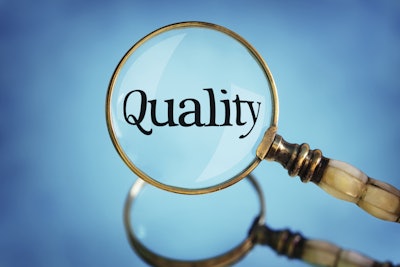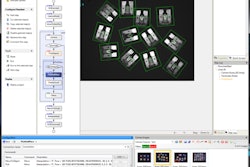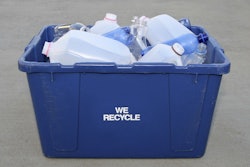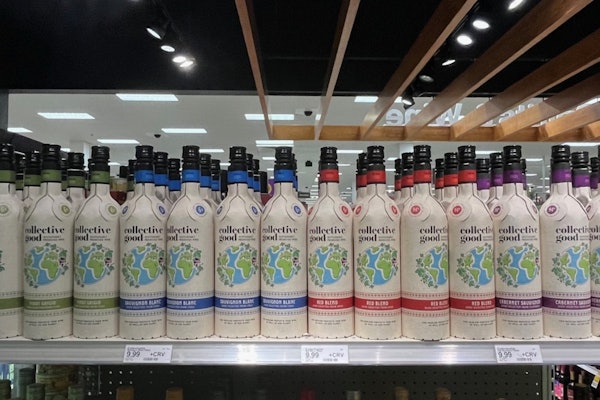1. Put the horse before the cart. If possible, design the packaging line properly to avoid the need for inspection. If you can’t eliminate inspection, you can at least minimize the amount of inspection needed by having the right equipment and line orientation for the job.
2. Place the code correctly. Don’t let the brand manager place the code in a place where it has a marginal success rate. The new vision cameras for 1D or 2D barcode reading are very accurate. They can make a tough job easy, like adapting for out of focus or lighting changes. But the code needs to be large enough and in a repeatable location.
3. Perform a feasibility study. Invest in a professional feasibility study with thorough reporting. Get false reject rate and “no read” rate projections.
4. Develop detailed “one-point” lessons. Create lessons with pictures and examples of problematic issues in the plant for your line inspections. Have operators perform inspections twice a shift and provide the results, including issues with conveyors and belts, to the mechanics. Have supervisors collect reports and verify when action has been initiated and work orders filled out.
5. Practice good line cleaning. Clean before and after operation to ensure that no residual product or materials affect operations. Dedicate the last 20 minutes of every shift to area cleanup. Avoid oil, dust, and debris around the scale area. Perform a final vision inspection of the packaging just prior to starting the line to make sure you’re using all the same dimension packaging.
6. Put scales in enclosures. Scales are so sensitive that accuracy can be affected by the smallest of factors, such as fans blowing on them.
7. Demand consistency in medical device packaging materials. Check that non-sterile polybags are consistent from lot to lot. Institute a lot tracking system to address any quality control issues with the supplier, and have the supplier number the lots. Whereas sterile bags were always traceable, non-sterile bags might not be.
8. Verify that medical device suppliers are qualified. Request documentation of qualification to make sure suppliers’ processes are legitimate. The depth of audit you request will depend on whether they’re providing sterile or non-sterile products. Perform supplier audits yourself by visiting their plants regularly. Check their materials with X-rays to make sure that you’re getting the quality you need.
9. Control variables for metal detection. First, make sure the machine is tuned correctly and your staff is properly trained. The biggest problem with metal detection is the “water effect.” Changes in product temperature will have an impact on the reliability of metal detection, especially with frozen foods. Slightly thawed food will give continuous rejects. Because water is conductive, it gives a different phase profile in the metal detector. So make sure to retune the machine when the product temperature changes.
10. Ensure vision inspection systems are set up correctly. Since many inspection systems are “touchless,” it’s easy to forget about changing the operating criteria for different products. Check the lighting, because even the best systems will miss critical defects if lighting is not optimal. Be sure your light source is set correctly and all the bulbs or emitters are fully functional. Train your operators to set adjustment field parameters correctly. Simple setup adjustments and correct application will make a big difference between correct operation and lots of false rejects.
Liked this article? Download the entire playbook here.


























